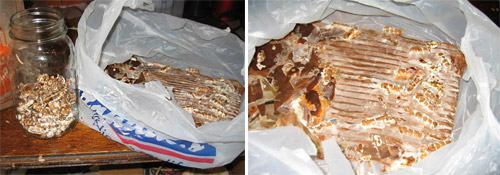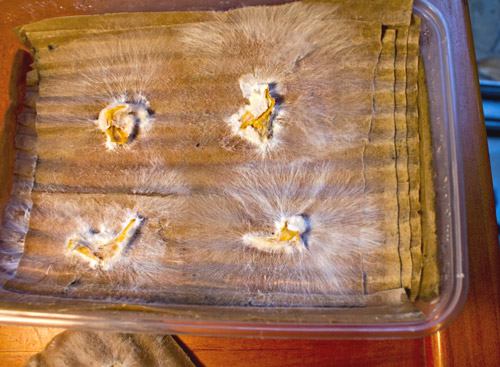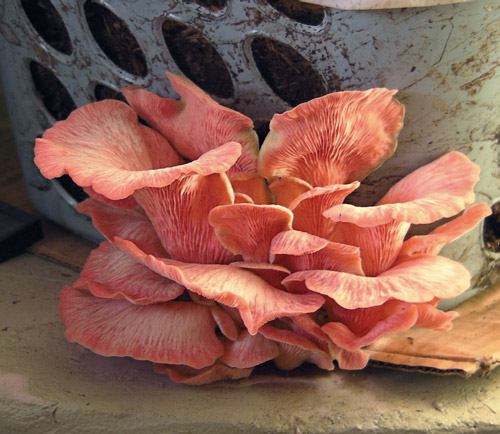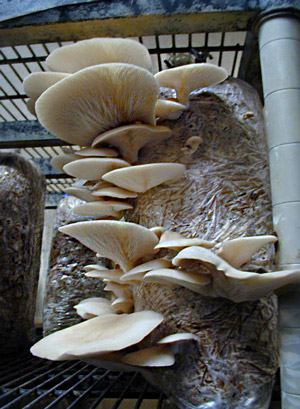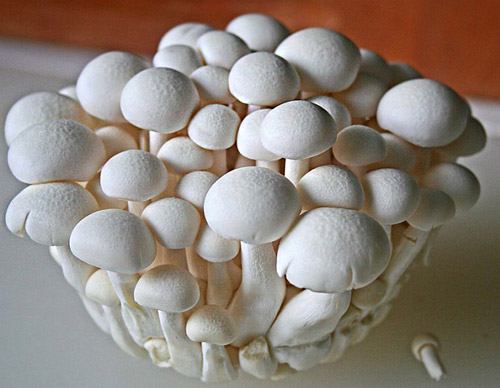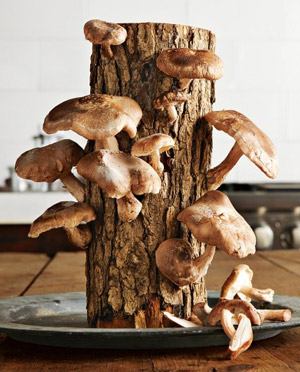Once you get into the groove of growing mushrooms at home, the question of how to grow mycelium yourself will arise. The most convenient and simple method is growing mycelium on cardboard.
Why is cardboard a good material for mycelium growth?
- First and foremost, other life forms are reluctant to thrive on cardboard.
- Cardboard is made from wood (cellulose), so this material is familiar to mycelium originally grown on sawdust and wood chips. Colonization will proceed quickly and efficiently.
- Corrugated cardboard allows the mycelium to breathe. With sawdust, mycelium often lacks air and colonization halts due to material compaction and poor air exchange.
- Cardboard retains moisture well.
- It doesn’t need sterilization. Just ensure the materials are clean, and the cardboard is free from stains and odors. You don’t need to worry too much about sterility.
- You can grow a substantial amount of mycelium with minimal time and effort.
- Cardboard is always available and inexpensive.
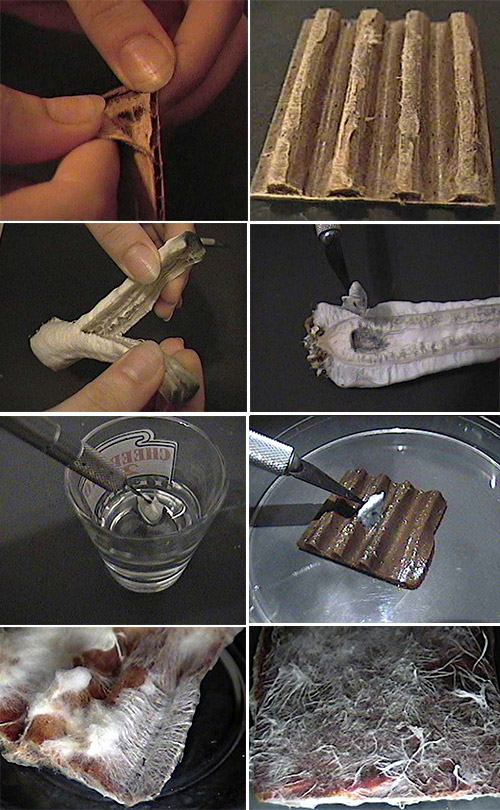 One way to grow mycelium. The author of this tutorial disinfects pieces of mushrooms with hydrogen peroxide.
One way to grow mycelium. The author of this tutorial disinfects pieces of mushrooms with hydrogen peroxide.
How to Grow Mycelium from Mushroom Stems on Cardboard
Choose corrugated brown cardboard without markings or paint. If it has glue, remove those areas.
Materials:
- Plastic containers (size depending on the amount of cardboard and needs)
- Mushroom scraps (stems, bases)
- You can tear or cut the cardboard. Soak pieces of cardboard in warm boiled water, in a clean container, for one hour. If the cardboard stays in the water longer, nothing will happen to it.
- Prepare the inoculant. You can grow mycelium from any mushroom, so feel free to experiment. You need to “twist” the mushroom stem out of the substrate as deeply as possible (if you’re growing from your own mushrooms).
- Divide the mushroom stem into fibers. This can be done by hand or with a clean knife or blade.
- Drill drainage holes in the containers to prevent stagnant water from causing mold.
- Gently drain the water from the cardboard. Carefully remove the top layer of paper from the corrugation, place pieces of mushroom on the corrugated part of the cardboard with some distance between them. Cover with the previously removed paper.
- Place the cardboard pieces with the inoculant into the prepared container. Lightly press the layers of cardboard to ensure contact between the mushroom and cardboard without air pockets.
- Cover the container with a bag to prevent drying, but ventilate daily.
- Moisten the cardboard with a spray bottle when it seems to be drying out.
- Remove the bag daily to allow carbon dioxide to be replaced with fresh air.
- The container should be kept in a dark, warm place. The cardboard should turn completely white within 3 weeks to 2 months. Below are a couple of videos with good tutorials on growing mycelium on cardboard.
How to Use Cardboard Mycelium for Mushroom Cultivation?
The cardboard is completely white. What to do with the cardboard:
- If you leave it alone and keep watering, it will continue to grow. But too much mycelium and too little nutrition will not yield a rich harvest. Growing on cardboard is possible and is not the worst method.
- Cardboard mycelium can colonize mushroom “beds” made from sawdust, straw, compost, and wood chips, outdoors. You can use cardboard mycelium to inoculate bales of pasteurized straw. A good option for growing mushrooms on a balcony .
- Cardboard mycelium can be used with any type of substrate - paper, coffee grounds, tea leaves, recyclables, and even fabric.
- Colonized pieces of cardboard will easily inoculate a new batch of mycelium. Do the same with cardboard and place it with pieces of cardboard mycelium - the cycle will start again, but much faster. Mycelium remembers the environment of its previous colony and passes on this information in its genome to the next generation of mycelium.
- Like any other mycelium, cardboard mycelium should be used as soon as possible. You can use part of the mycelium to colonize substrate and part to produce a new batch of mycelium.
- Cardboard can be colonized with any source of mycelium - mushroom plugs, mycelium on sawdust, straw, or grain. I’m almost sure that even mythological “dry” mycelium from packets can miraculously awaken and colonize cardboard.
